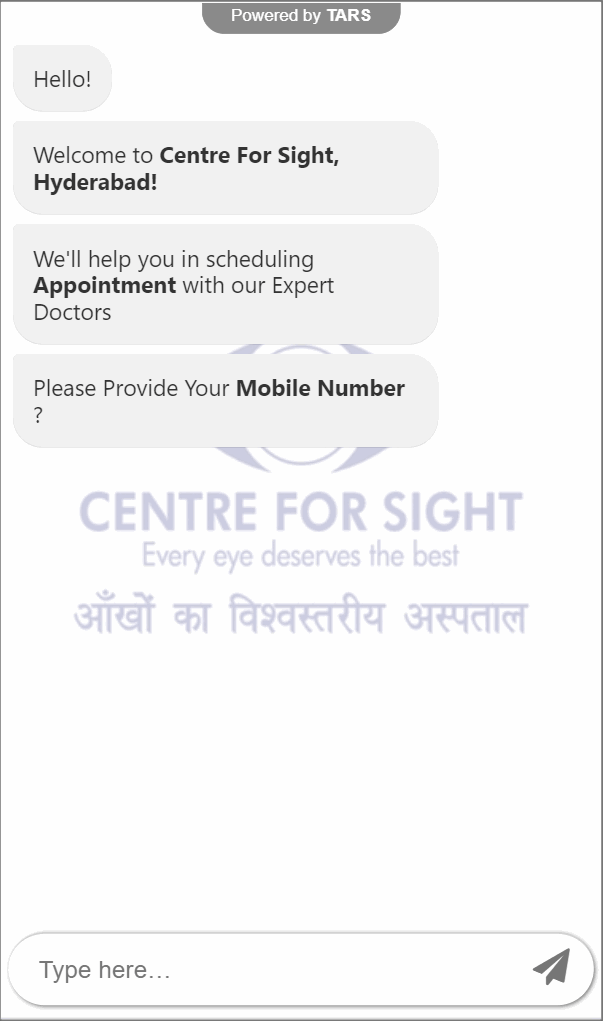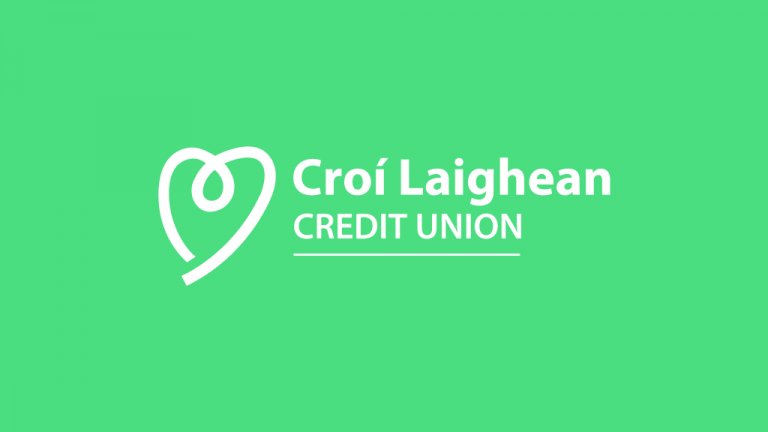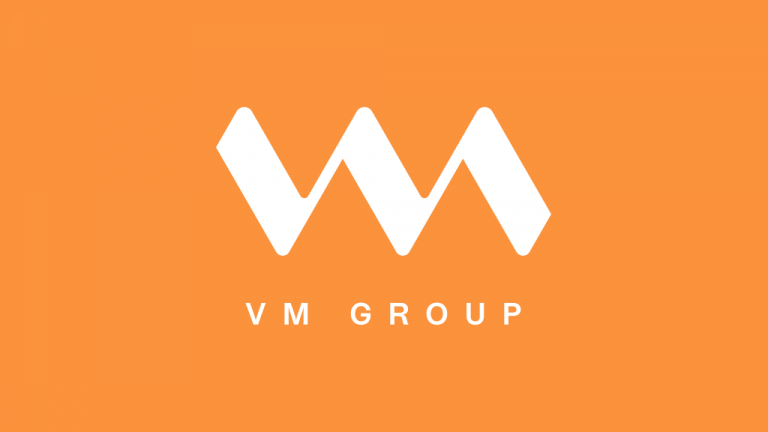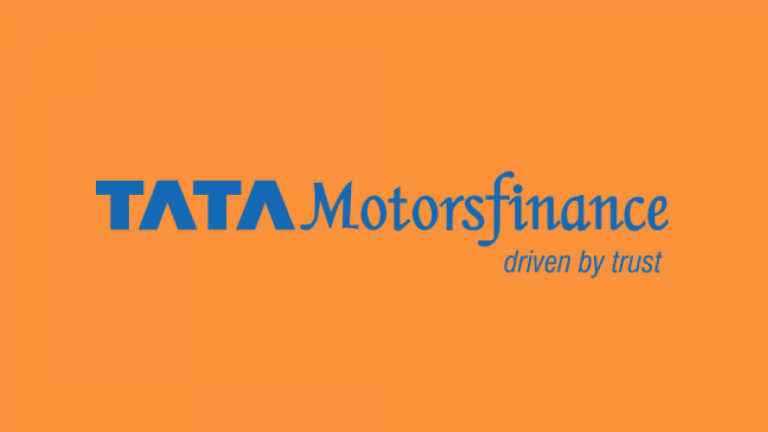[Case Study] Center For Sight Used a Chatbot to Reduce Cost Per Click and Build Trust
As far as medical procedures go, LASIK surgeries are considered to be relatively minor. They don’t take long, and the chance of any serious side-effects is almost non-existent. Yet, like with any medical procedure, there is a base level of stress, inconvenience and even a tinge of fear associated with with LASIK. To begin with you need to clear your day, wade through traffic, and squeeze your car into the ridiculously small parking spaces at your doctor’s office. After completing this vital step, your doctor will conduct a pre-op assessment which involves testing for vision, corneal thickness and pupil size.
If you pass, your actual procedure will be scheduled for a later date and you are sent home. You squeeze your car out of the parking spot, wade through the traffic for the second time in 2 hours and finally you can sit in the comfort of your home to stress about all the time you wasted not doing work. A few days later, the process starts again. Your day is cleared, a friend or a family member drives you over to the doctor’s office, and within the span of 20 minutes, a surgeon and laser technician apply topical anaesthetic, cut open your cornea, and literally shoot laser beams into your eyes to fix your vision. After the procedure, your eyes are going to be itchy. Like, someone-just-shot-a-laser-into-my-eye itchy. So the doctor gives you a pair of sick looking sunglasses which will prevent you from rubbing your eyes for the rest of the day, and a sleeping mask to prevent any chance that you mess with your eyes during the inevitable nap you will take as soon as you reach home, because at this point you are exhausted.
The implicit stress of medical procedures, no matter how minor, is the reason why, in a world driven by instant gratification would-be patients prefer to have a real conversation with someone who knows ideally knows better than them before they set things into motion.
Healthcare Providers recognize this. This is why when you Google LASIK, click on the first link, you are greeted with a landing page that has a prominent click-to-call CTA or a prominently listed phone number.

The reliance on call-based lead capture shows that healthcare providers recognize that patients want a human conversation and are investing the resources needed to field each of these requests as quickly as possible. But such an approach has its limits. Any human-based approach is not scalable. Costs inevitably become high and companies must resort to adding a lead capture form, like the one in the landing page above to reduce the load.
Center For Sight, a leading eye care provider, recognized this dilemma in their marketing campaign and did something about it. They used chatbots to transform the buying process making it feel as personalized as patients expect and deserve.
[READ MORE: Find out how HealthcareAtHome cut their Cost Per Lead in half using a chatbot]
The Problems
Like many other healthcare providers, Center for Sight runs Google Ad campaigns to find new patients for its various eye care services. Before they made the jump to chatbots, their landing page functioned much in in the traditional manner: a traditional landing page with a lead capture form along with a click-to-call Google Ad extension.
This approach got them new patients but it could only get them so far. The landing page + form combination captured leads, but it was impersonal. No one likes filling out forms, let alone when initiating the process of getting a surgery. Put simply, the landing page failed to give prospects the human touch they desired in their healthcare buying process and conversion rates were low. The click-to-call extension solved these problems but at a cost. In addition to the amount of money they spent adding the manpower required to field every call, Cost Per Click on the call extension was dramatically higher than the landing page. Further still, outside of working hours, the call-based lead capture method did not work altogether, because the organization did not have the resources to hire a 24/7 team to field calls. In this down time, the landing page, with its lack of personality and low conversion rate, bore the brunt of the paid traffic. The end result was fewer leads, for a greater cost, a nightmare for all marketing teams.
[READ MORE: Chatbots helped this company increase lead quality and cut their sales process by days]
Chatbots as the Solution
Center For Sight’s marketing team decided wanted to solve the problem by bridging the gap between their existing post-click experiences. They wanted to give patients the 24 hour service of the landing page, with the personalized feeling of a real human conversation and they wanted to implement their solution in a way that was cost effective.
They worked with the Tars Customer Success and Dev teams to build, test and deploy a chatbot landing page on their Google Ad campaigns:

Prospects who click on Centre for Sight’s ads today are directed to the chatbot landing page, where they are guided through the lead generation process by a virtual agent. The agent asks them questions to qualify them and help them book an appointment with a real doctor for a consultation.
Since the solution is wholly automated the chatbot captures leads 24/7 solving the lost leads problem the organization faced before. Additionally, it has dramatically reduced the organization’s reliance on human agents to field calls, considerably reducing their marketing costs. Additionally, since the interaction is presented as a conversation, prospects still feel the same level of personalized attention that they did with click-to-call campaigns, and the organization has seen the same high conversion rates they did previously with click-to-call ads.
Center for Sight today gets more leads for less money. The end result has been a 29% drop in Cost Per Lead.
[READ MORE: Automotive Dynamics doubled their conversion rate using a PPC Chatbot]
The Upshot
If you speak to most people who work on chatbots, they attribute the value of the technology to engagement and speed. In a world filled with instant gratification, such a value proposition makes sense. Shortening attention spans mean that prospects are willing to give less of their time to the numerous landing pages they encounter every day. That said, many buying decisions still manage to capture the attention of the average person. Healthcare decisions, no matter how minor, fall into this category. Prospects for healthcare products want reassurance that they are making the right decision before they initiate the stressful process of getting the healthcare that they need. They want a personalized experience where an agent who presumably knows better than them, can guide them. In the past, providing this reassurance could only be done through human agents, a method that is unscalable for most organizations. Centre for Sight, however, were able to use a chatbot to overcome this hurdle. They used the technology to give prospects the immediate, 24/7 personalized care that they expect at a price point that was considerably less than they would have otherwise had to pay to provide such an experience.
If you want to use a chatbot landing page for the success of your Ad campaigns click here for more information
Arnav is the Director of Content Marketing at Tars. He spends most days building bots, writing about conversational design and scrolling through Giphy’s trending section looking for the gifs that go into the Tars Newsletter.
Chosen by 800+ global brands across industries
Recommended Customer Success stories

AI in banking: Croí Laighean Credit Union’s journey to efficient customer support

45% reduction in support requests: VM Group’s success with Conversational AI Agents

How Tata Motors Finance generated 69,000+ leads with strategic CX automation?

Our journey in a few numbers
With Tars you can build Conversational AI Agents that truly understand your needs and create intelligent conversations.
years in the conversational AI space
global brands have worked with us
customer conversations automated
countries with deployed AI Agents











